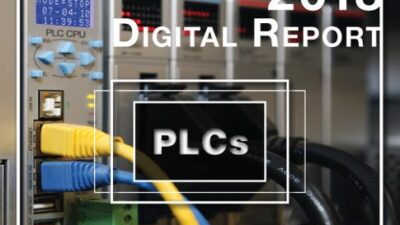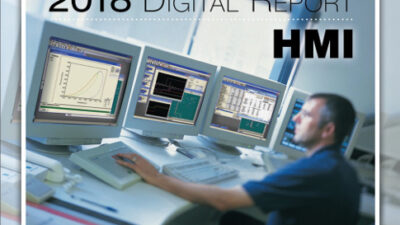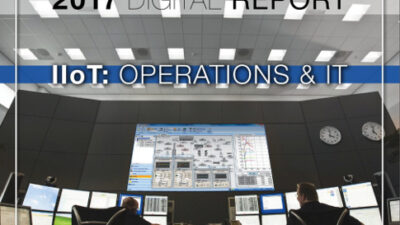Differential designs have many useful applications.
While working on the pressure sensor article in Control Engineering’s February issue , I was struck with fact that differential pressure (DP) sensors represent a larger portion of the market than expected, which speaks to their versatility.
As part of writing the article, I interviewed Scott Nelson, VP of pressure products for Emerson’s Rosemount division, certainly one of the largest manufacturers. He said that Rosemount’s pressure sensor sales break down along these lines:
35-40% are DP sensors for flow measurement;20-25% are DP sensors for level measurement; and,30-40% are standard sensors for gage or absolute measurement applications.
To review the basics, differential pressure sensors have two inputs and are designed to measure the difference between two pressure sources. (Technically, normal gage pressure sensors are differential designs in that they measure the difference between the process and surrounding atmospheric pressure.)
The two most common applications for DP devices are flow and level measurements, as suggested in the statistics above.
Level —One of the simplest ways to measure level in a vented tank is by putting a pressure gage at the bottom and converting the pressure measurement to a liquid height. However, if the tank is sealed, it can develop negative or positive internal pressure. This can throw off the level reading, unless the gage at the bottom is a differential design where the second inlet can measure the tank’s internal pressure above the liquid. This configuration compensates for the conditions inside the tank and corrects the level reading.
Flow —Differential pressure flow reading techniques are common and represent a very basic approach. As liquid flows through a pipe and crosses some type of flow restriction (or pitot tube, Annubar, or even pipe elbow), there will be a difference in pressure above and below the obstruction point. A DP sensor can measure the difference, which can be used to calculate the flow rate.
In both these applications, the pressure difference is usually relatively low. For a level application, water would have to be 27.7 inches deep to register 1 psi. Similarly, for a flow measurement, unless the obstruction is quite severe, up and downstream pressure readings should be within a few psi.
As a result, differential pressure devices have more specifications and limits than standard configuration designs. (Always consult with your suppliers for specifics.) For example:
A device will have two pressure ratings. The first is for the range of differences and the second is for the overall pressure limit. A DP device that shows an indication of 10 psi does not tell you if the difference between the high and low side is 20 and 10 psi, or 1010 and 1000 psi, but those two applications will likely require different units. (Some devices can also display a gage pressure reading of one or both sides, although this capability varies by design.)
More installation cautions may be required. Depending on the application, a device may have to measure a relatively low pressure differential but in a high pressure situation. Like the second example above, a sensor has to be sensitive enough to measure a 10 psi differential precisely in the context of total pressure of 1000 psi or more. That device may not survive having 1000 psi on one side while the other is open to atmosphere. Many manufactures offer manifolds with internal valves to simplify installation while protecting the device from such spikes. By following simple instructions, users can avoid damage to sensitive mechanisms.
One side may always be high. For some designs to operate properly, one side must be higher than the other. Others allow either side to be high. You will need to determine if your process is capable of swinging in both directions and select appropriately.
Devices can be either mechanical (e.g. Ashcroft) or electronic designs. All pressure gage device manufacturers do not necessarily offer DP units.
Differential pressure sensors are made by a variety of companies, including those on the list below. You can also search online at Control Engineering Supplier Search .
AshcroftAST Sensors Endress+HauserFoxboro (Invensys)GE Sensing Honeywell Process Solutions Omegadyne Rosemount (Emerson)SetraYokogawa
—Peter Welander, process industries editor, [email protected] , Process Instrumentation & Sensors Monthly
Register here and scroll down to select your choice of free eNewsletters.


